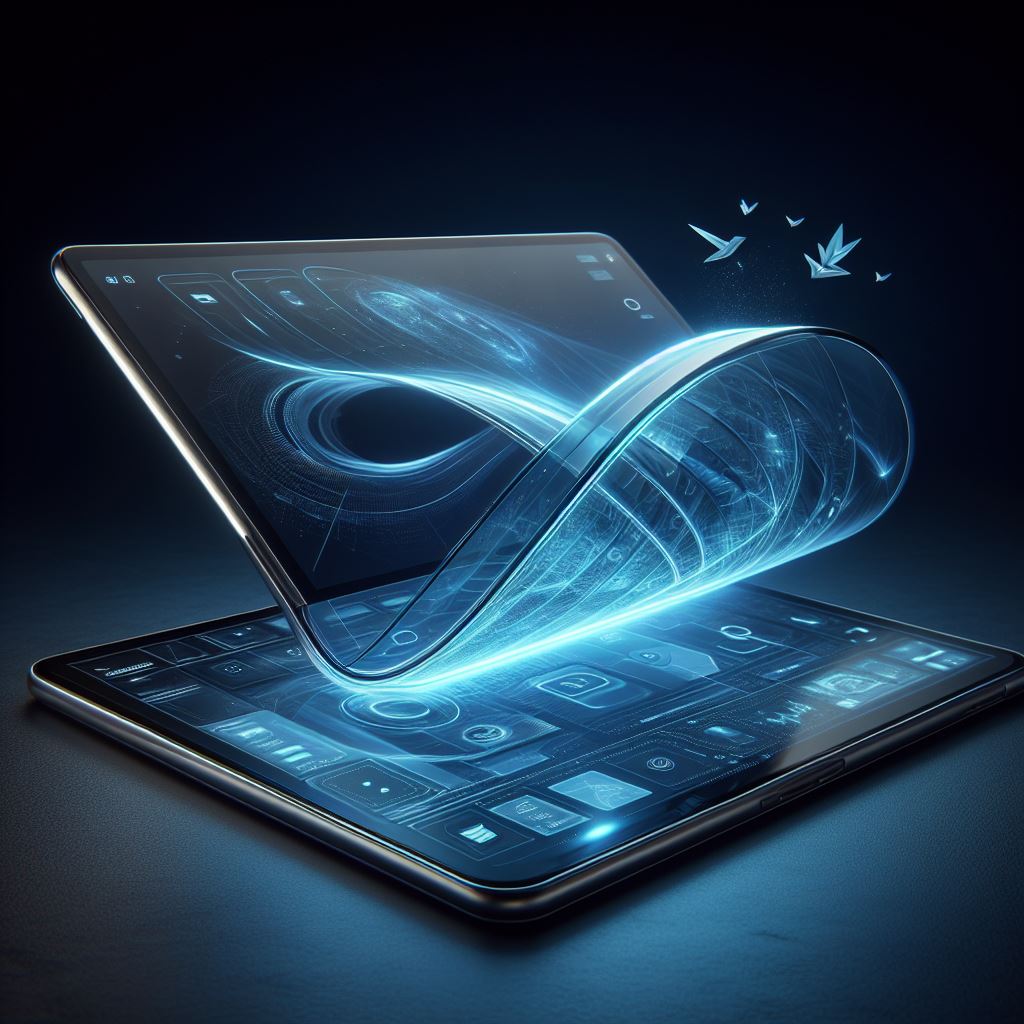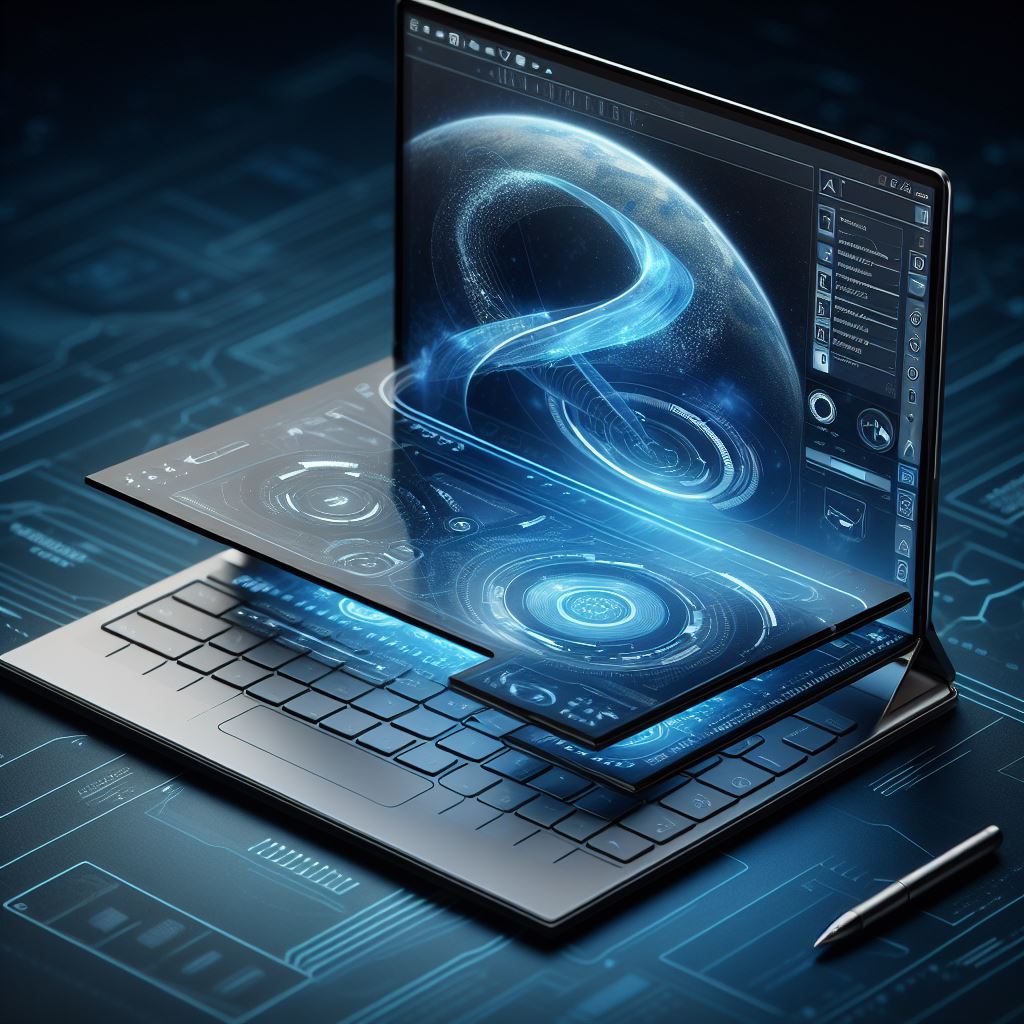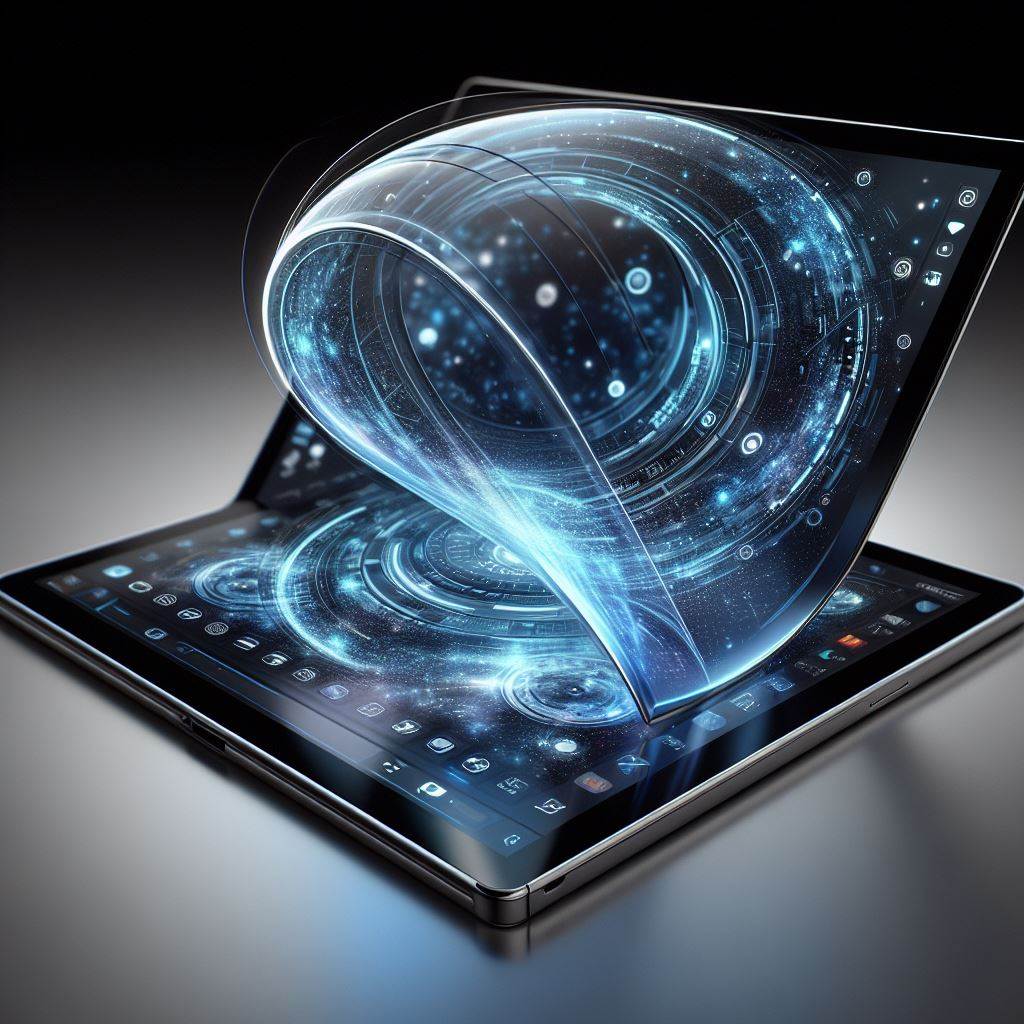Table of Contents
Microsoft’s recent Q3 fiscal 2024 earnings report presented a curious picture. While the software giant boasted a 17% increase in overall revenue and a 20% jump in net income, its Surface and Xbox hardware divisions painted a contrasting narrative – one of significant decline. This unexpected dip in hardware sales, despite new product launches and portfolio adjustments, raises questions about the future of these crucial segments within Microsoft’s ecosystem.

Surface Slump: A Year-Long Downturn
The Surface division, known for its premium laptops and tablets, has been experiencing a year-long slump. Q3 saw a hefty 17% drop in device revenue, continuing a concerning trend. This comes despite Microsoft introducing new Surface devices like the Surface Laptop 5 and the budget-oriented Surface Go 3. Additionally, the company streamlined its hardware portfolio with layoffs, aiming for a more focused approach.
Analysts point to several potential reasons for the Surface’s struggles. Increased competition from Apple’s ever-popular MacBooks and Chromebooks with improved performance and affordability could be a significant factor. The global chip shortage, impacting production and potentially leading to higher prices, might also be hindering sales.
Furthermore, the departure of Panos Panay, the charismatic leader behind the Surface brand, to Amazon last year, has created a leadership vacuum. Microsoft is yet to appoint a permanent replacement, potentially impacting the division’s direction and marketing strategy.
Xbox: A Shadow Cast by Activision?
The Xbox division’s performance in Q3 appears less dire on the surface. However, a closer look reveals a cause for concern. While not explicitly broken down in the earnings report, industry estimates suggest that Xbox hardware revenue might have declined by as much as 4%. This becomes particularly concerning when considering the recent acquisition of Activision Blizzard, a major boost for the gaming division. Without Activision’s inclusion, the decline would have been even steeper.
The reasons behind Xbox hardware’s slump could be similar to those affecting Surface. The ongoing chip shortage might be limiting production of new consoles, particularly the highly sought-after Xbox Series X. Additionally, the current generation of consoles launched in late 2020, and it’s typical for hardware sales to slow down as the product cycle matures.
However, whispers within the gaming community suggest a deeper issue. Some gamers might be waiting for a refresh of the Xbox Series consoles with more powerful hardware before upgrading. This speculation is fueled by recent rumors about Microsoft potentially developing a mid-generation console upgrade.

Another factor impacting Xbox hardware sales could be Microsoft’s increasing focus on cloud gaming services like Xbox Game Pass. This subscription service allows users to play a vast library of games on various devices, potentially reducing the need for dedicated Xbox consoles for some gamers.
A Cause for Concern, But Not Despair
Despite the current struggles, it’s important not to hit the panic button yet. Microsoft remains a dominant force in the tech industry, with its software and cloud services experiencing robust growth. Here are some potential strategies Microsoft could employ to address the hardware slump:
- Innovation and Differentiation: Microsoft needs to find ways to differentiate its Surface devices from the competition. This could involve pioneering new form factors, focusing on unique features like pen integration, or developing a more compelling software ecosystem that integrates seamlessly with Surface hardware.
- Addressing Supply Chain Issues: Resolving the ongoing chip shortage is crucial for both Surface and Xbox production. Microsoft might need to explore alternative suppliers, negotiate better deals with existing ones, or even consider vertical integration by investing in its own chip production capabilities (a strategy Apple has successfully employed).
- Leadership and Strategy: Finding a strong replacement for Panos Panay to lead the Surface division is vital. This leader needs to develop a clear vision for the brand, emphasizing its unique selling proposition and reigniting consumer enthusiasm. For Xbox, Microsoft should clarify its hardware roadmap. Are mid-generation console upgrades coming? Should they prioritize cloud gaming or traditional console experiences? Transparent communication can help manage consumer expectations.
- Embracing Cloud Gaming: While the rise of cloud gaming might be impacting hardware sales in the short term, Microsoft can leverage this trend to its advantage. By optimizing the Xbox Game Pass experience for various devices, they can expand their reach beyond traditional console gamers.
The Road Ahead
Microsoft’s hardware struggles present a significant challenge, but they’re not insurmountable. By addressing supply chain issues, innovating its product lines, and embracing new trends like cloud gaming, Microsoft can revitalize its Surface and Xbox divisions. The company’s overall financial strength provides a solid foundation for this turnaround.
The next few quarters will be crucial in determining the effectiveness of Microsoft’s strategies. Investors and consumers alike will be watching closely to see if the tech giant can reverse the declining hardware sales trend and restore the Surface and Xbox brands to their.
While the decline in Surface and Xbox hardware sales paints a concerning picture, there are potential silver linings that Microsoft can leverage to turn things around. Here’s a deeper dive into some emerging trends and strategic maneuvers that could benefit the company:
The Rise of Arm-Based Computing:
The global chip shortage has exposed the vulnerabilities of relying on a limited number of chip manufacturers. Microsoft could explore the potential of Arm-based processors for its Surface devices. These processors offer advantages like lower power consumption and potentially better battery life, which could be a significant selling point for mobile users. Additionally, Arm chips are less affected by the current shortage, offering Microsoft a more reliable source of components.
The Evolving PC Landscape:
The traditional PC market might be slowing down, but new form factors like foldable laptops and detachable 2-in-1 devices are gaining traction. Microsoft could capitalize on this trend by developing innovative Surface devices that cater to these evolving user needs. Imagine a Surface device that seamlessly transitions between a tablet and a full-fledged laptop with a foldable display.
Subscription Services: A Sticky Ecosystem
Microsoft’s subscription services like Xbox Game Pass and Microsoft 365 are experiencing impressive growth. By tightly integrating these services with Surface hardware, Microsoft can create a more “sticky” ecosystem. Imagine a Surface Laptop pre-loaded with optimized versions of productivity apps and a free trial of Game Pass, enticing users to stay within the Microsoft ecosystem.
The Power of Cloud Gaming:
As mentioned earlier, the rise of cloud gaming presents both challenges and opportunities. While it might impact dedicated console sales in the short term, Microsoft can leverage this trend to expand its reach. Imagine a world where users can access their Xbox library seamlessly on various devices – from high-end PCs to budget smartphones. This would require continued investment in cloud infrastructure and game streaming optimization, but could ultimately lead to a larger, more engaged gaming audience for Microsoft.
Strategic Partnerships and Acquisitions:
Microsoft has a history of successful strategic partnerships and acquisitions. The company could explore partnerships with established chip manufacturers or even consider acquiring smaller, innovative hardware companies to bolster its Surface and Xbox divisions. This could bring in fresh talent, new technologies, and potentially open doors to untapped markets.
The Power of Community:
Microsoft has a passionate and vocal gaming community. Engaging with this community through transparent communication and early access programs can be invaluable. Imagine involving Xbox fans in the development of new hardware or cloud gaming features. This can not only lead to better products but also foster a sense of loyalty and excitement around the Xbox brand.

Conclusion: A Time for Bold Moves
Microsoft’s hardware struggles are a wake-up call, an opportunity for the company to re-evaluate its strategies and embrace innovation. By addressing supply chain issues, developing compelling new products, and capitalizing on emerging trends like cloud gaming, Microsoft can navigate these challenges and emerge stronger. The next few quarters will be a testament to the company’s ability to adapt and stay relevant in a rapidly evolving technological landscape. Microsoft’s future success in hardware might hinge on its willingness to take bold moves, embrace new partnerships, and prioritize the needs of its ever-evolving user base.
- Microsoft Q3 2024 Earnings Report: You can find the official press release or transcript of the earnings call on Microsoft’s Investor Relations website: https://www.microsoft.com/en-us/investor
- News Articles on Microsoft’s Q3 Earnings: Several news outlets covered the story. Here are a few examples:
- Analysis of the Chip Shortage: Many tech publications have discussed the ongoing chip shortage. You can find relevant articles on websites like https://www.anandtech.com/ or https://www.tomshardware.com/
- Information on Arm-Based Processors: Resources like https://www.arm.com/ or https://www.theverge.com/2023/10/23/23929240/nvidia-amd-cpu-arm-pc-chips-2025-release-rumors provide details on Arm processors and their potential benefits.
- Cloud Gaming Trends: Articles on websites like https://www.xbox.com/en-us/play or https://newzoo.com/resources/blog/cloud-gaming-revenues-to-hit-2-4-billion-in-2022-up-74-year-on-year-revenues-will-triple-by-2025 can shed light on the rise of cloud gaming and its impact on the gaming industry.pen_spark
tunesharemore_vert



